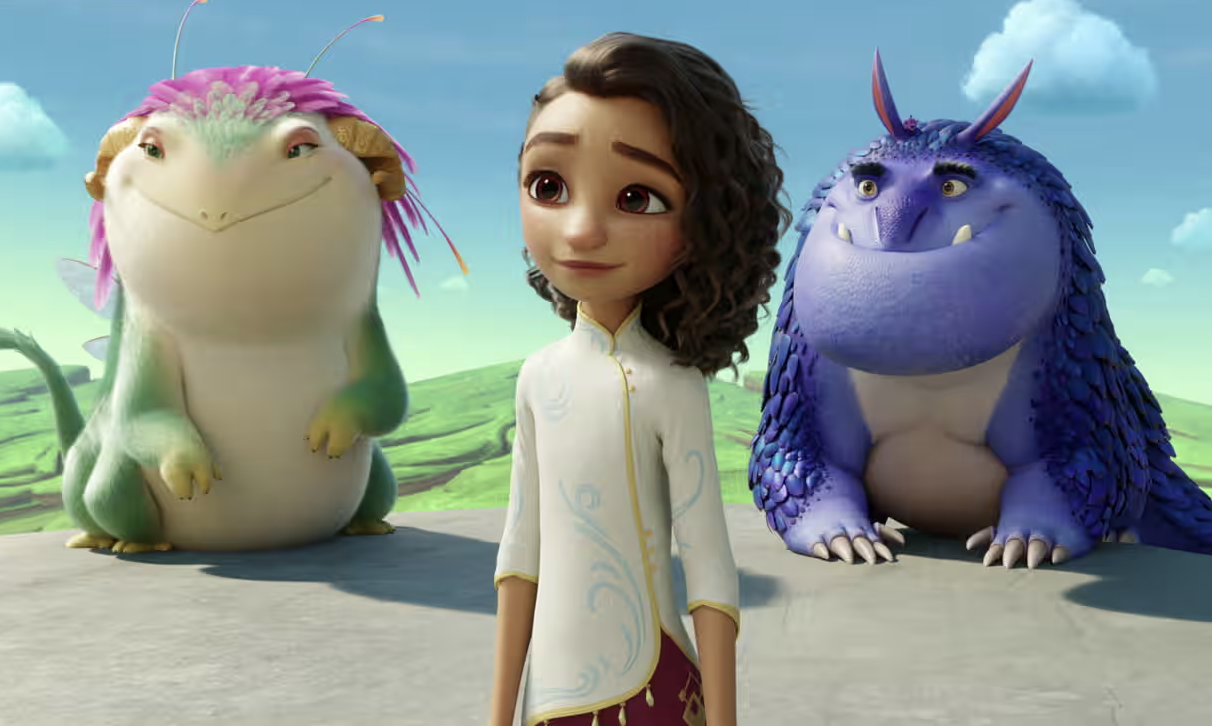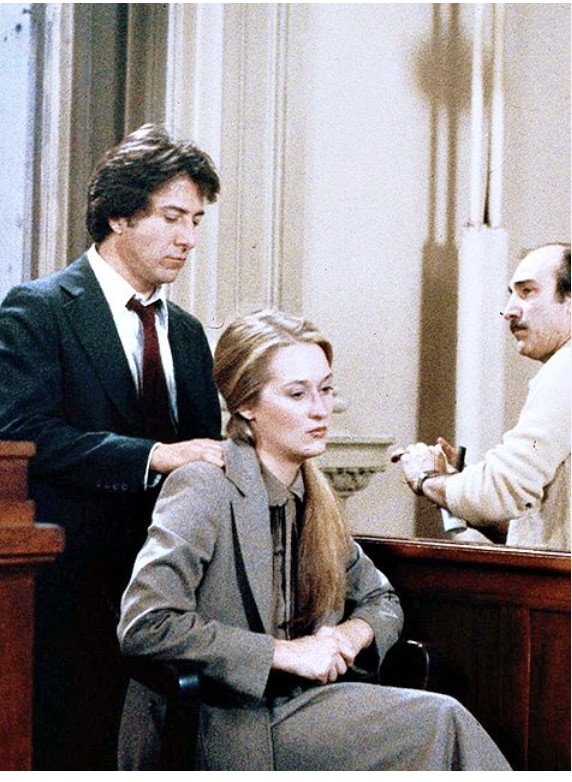Spellbound: When Fantasy Meets Divorce - A New Chapter in Cinema's Approach to Family Separation
When parents become monsters
The depiction of divorce in cinema has evolved dramatically over the decades, from taboo subject to nuanced exploration of family dynamics. Now, director Vicky Jenson's animated musical "Spellbound" attempts to add a new chapter to this cinematic tradition by wrapping the painful realities of parental separation in the comforting cloak of fantasy.
A Princess Tale with Grown-Up Themes
"Spellbound" introduces us to Ellian (voiced by Rachel Zegler), a 15-year-old princess whose parents, Queen Ellsmere (Nicole Kidman) and King Solon (Javier Bardem), have been transformed into monsters. On the surface, this premise appears to be about dementia or mental illness, as Ellian must suddenly become caregiver to her once-nurturing parents. She embarks on a quest to find a magical light that might restore her parents to their former selves.
However, as the film progresses, it becomes clear that this monster transformation serves as a metaphor for something else entirely: divorce and parental separation. The film's late narrative pivot reveals its true thematic intentions, though this transition feels somewhat clumsy and disorienting.
The Evolution of Divorce in Cinema
To appreciate what "Spellbound" attempts to do, it's worth considering how far divorce cinema has come. For decades, Hollywood approached marital dissolution with extreme caution. During the Hays Code era (1934-1954- a period in Hollywood history when a strict set of self-imposed guidelines governed the moral content of films produced by major studios), films were prohibited from undermining "the sanctity of marriage," resulting in simplistic, often comedic treatments of divorce in films like "The Gay Divorcee" (1934) and "The Women" (1939).
Things were so much simpler back then…
It wasn't until the post-World War II era that cinema began to seriously validate divorce as a legitimate solution to marital conflict. Films like "Divorce Italian Style" (1961) began to explore the contradictions and absurdities of divorce through biting satire.
The watershed moment came with Ingmar Bergman's "Scenes From a Marriage" (1973), which revolutionised the portrayal of divorce with its unflinching realism and depth. Bergman's exploration of "emotional illiteracy" as the root cause of marital strife has influenced divorce films ever since.
The commercial breakthrough came with "Kramer vs. Kramer" (1979), which swept the Academy Awards by exposing the procedural and heartless nature of divorce in court. This film, along with later works like "Mrs. Doubtfire" (1993), brought divorce's effects on parent-child relationships to mainstream audiences.
The emotional authenticity of Kramer v Kramer is heard to beat
In recent years, films like "Marriage Story" (2019) have continued to evolve the genre, depicting divorce itself as a systemic problem that forces hatred into couples while still affirming that love can persist despite separation.
Spellbound's Place in the Tradition
Where does "Spellbound" fit in this cinematic lineage? Its approach is novel in targeting children directly, using fantastical elements to soften the blow of parental separation. By transforming parents into literal monsters, the film externalizes the way children might perceive the anger and conflict that often accompany divorce.
Yet this approach raises uncomfortable questions. Is it appropriate to suggest to children that their courage and determination can somehow "fix" their parents' relationship? The film's messaging becomes garbled when it implies that Ellian must fight off her own justifiable anger and resentment lest they corrupt her.
A Struggle Between Material and Form
Like many divorce films before it, "Spellbound" struggles to connect its somber emotional material with its chosen form. While "Marriage Story" and "Kramer vs. Kramer" used drama to explore divorce's complexities, "Spellbound" attempts to squeeze these same themes into a Disney-esque animated musical.
The result is a disconnect between content and container. The film's musical numbers and adventuring sequences feel indifferent to the weighty themes they're meant to support. When viewers do have time to reflect on the film's messages, troubling implications emerge.
For Children of Divorce?
The most significant innovation "Spellbound" offers to divorce cinema is its direct address to children experiencing parental separation. Previous films in this genre were primarily made for adults, even when they featured children as central characters (as in "Kramer vs. Kramer").
However, the film's ambition exceeds its execution. Director Vicky Jenson clearly has something meaningful to say about the experience of children caught in parental conflict, but the message doesn't fit neatly into the conventional animated musical format she's chosen.
Conclusion
"Spellbound" represents an admirable attempt to expand divorce cinema into new territory—specifically, children's animation. While it falls short of its ambitions, it points to possibilities for future films that might better bridge the gap between fantasy and the painful realities many children face.
Like the evolution of divorce cinema itself—from avoidance to comedy to drama to nuanced social commentary—perhaps "Spellbound" is just an early, imperfect step toward a new phase of films that can speak honestly to children about family separation while still providing the comfort and hope they need.
In the meantime, "Spellbound" remains a curious experiment: a film whose metaphorical monsters represent the transformed parents children of divorce often struggle to recognise, and whose magical quest reflects the impossible dream of restoration that many harbour. That it cannot fully resolve these elements is perhaps a reflection of how difficult these conversations remain, even after nearly a century of divorce on screen.


